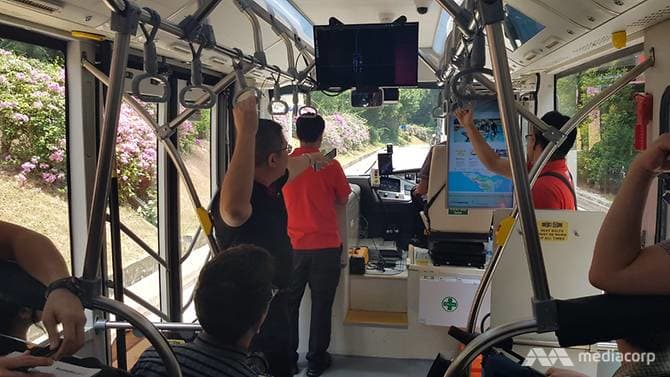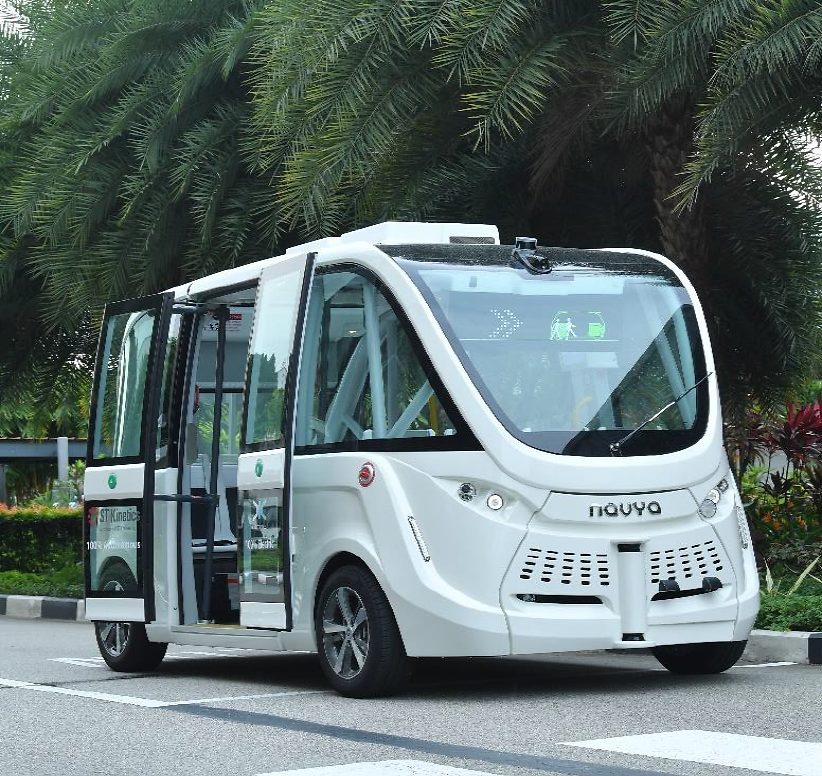The tech industry and the world as a whole is still getting prepared for the whole autonomous transport frenzy and while governments and big players in the private sector are still developing and testing out these next-gen automobiles but one country, in particular, may be somewhat miles away having already planned to have it as a main means of transport for her residents.
It had been announced last week that Singapore was planning to begin a public trial of driverless buses that commuters can book with an app as part of an ambition to roll out autonomous vehicles across the city-state.
Well-organised and high-tech, Singapore has lately become a testbed for self-driving vehicles, both from homegrown tech companies and invited foreign companies that wish to try out their own products.
Singapore has been ranked second from the United States in its preparedness for wide-scale driverless transport, with plans of deploying autonomous buses in three districts by 2022.
The latest trial, however, has been scheduled to run till November 15th and is a critical one not just for the country and the company in charge of the project, ST Engineering. Tech firms and automakers that plan to have the similar infrastructure around the world are closely watching Singapore’s progress and this could be the make or break.
And despite how cool all this may seem to basically the whole world, the test that is now in its second day has not been so easy, a fact that has even been reiterated by ST Engineering’s chief robotics engineer, Tan Nai Kwan. According to him, the test was “nerve-wracking” but the team made sure that all safety precautions were followed.
This included a strict rule of tightly fastening the seat belts that stewards made sure every single passenger had adhered to. The vehicles are also never totally alone as they have a human driver hovering over the steering wheel just in case the bus lost its control in any way.
The test comprises of two minibuses and two smaller shuttles following a 5.7-km long route each with a vehicle fault system that will immediately alert the safety driver of any faults, and cede control of the vehicle to him.
Moreover, the vehicles are equipped with various sensory technologies so they can easily identify the environment and the necessary navigation paths as well as to detect obstacles and signs. This then helps them navigate traffic and handle a range of complex environments, such as roundabouts.


Photo: Jeraldine Yap
The test hasn’t been as smooth as on the first day, roadside bushes lightly buffeted by the wind and wandering beachgoers were enough to trigger the bus’ many sensors, bringing it to a juddering halt as it trundled along quiet roads.
According to Tan, the most “dangerous beasties” encountered so far were the roaming peacocks which fly unexpectedly into the road.
But with it still being successful thus far, the public trial is still underway. Visitors can use an app on their phones to book the shuttles, which will pick them up and take them to selected destinations such as a golf club, the beach and a historic fort.


Photo: ST Engineering
To make it even more accessible, those without smartphones can book their trips from a kiosk along the route. More to that, the service is free, running for four hours on weekdays, from 10 am to 12 pm and from 2 pm to 4 pm. The shuttle buses will, however, not be available during weekends and public holidays.
But with the country planning to have similar tests done around a university, we over here cannot help but just feel jealous and hope that this milestone in the transport and tech sectors is successfully achieved.





Comments